When the skies open up in Kolkata, so do the floodgates of chaos. Roads like the EM Bypass and Tollygunge stretch often grind to a halt, with traffic delays stretching three to five hours. Shops close early, commuters are stranded, and the city counts its losses—an estimated ₹200–300 crore lost every year to waterlogging. Beneath this problem lies a harsh truth: nearly 40% of the city’s drains remain clogged, according to KMC reports. Into this reality stepped a group of six freshers from the School of the Future at Techno India University, determined to ask: What if technology could turn Kolkata’s outdated drainage system into a smarter, more resilient network?
That question led to the birth of SmartFlow, a project that earned the team a spot among the Top 6 finalists at Sandbox CCU 2025. The team—Debarati Sarkar, Ankan Bera, Aritra Ghosh, Palash Bharati, Sagnik Manna, and Rajesh Mondal—came together with the shared belief that flooding is not simply an infrastructural inconvenience, but a crisis that disrupts livelihoods, education, and health across the city. Their research revealed how heavy rainfall routinely transforms streets into rivers, leading to accidents from skidding, lost working hours, children missing school, and frequent outbreaks of waterborne diseases.
SmartFlow was their answer to this crisis. The students designed a compact, intelligent drainage system that integrates water level sensors, turbine pumps, and garbage filters to manage water flow and prevent clogs. Instead of being buried in technical jargon, their model focused on what it could mean for people: fewer skidding accidents on wet roads, significant reductions in economic losses, and a healthier city less vulnerable to seasonal diseases. They also envisioned a warning system to alert both authorities and citizens in advance, ensuring that flooding could be predicted and managed before it spiraled out of control. By keeping their design compact and adaptable, they imagined it being installed across both narrow lanes and major thoroughfares, making it a truly city-wide solution.
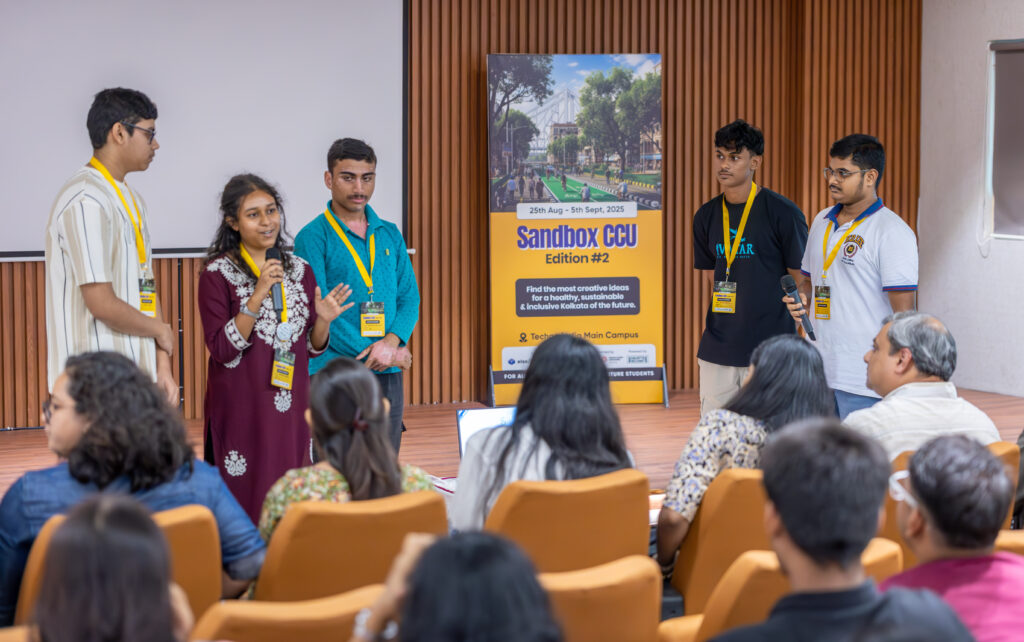
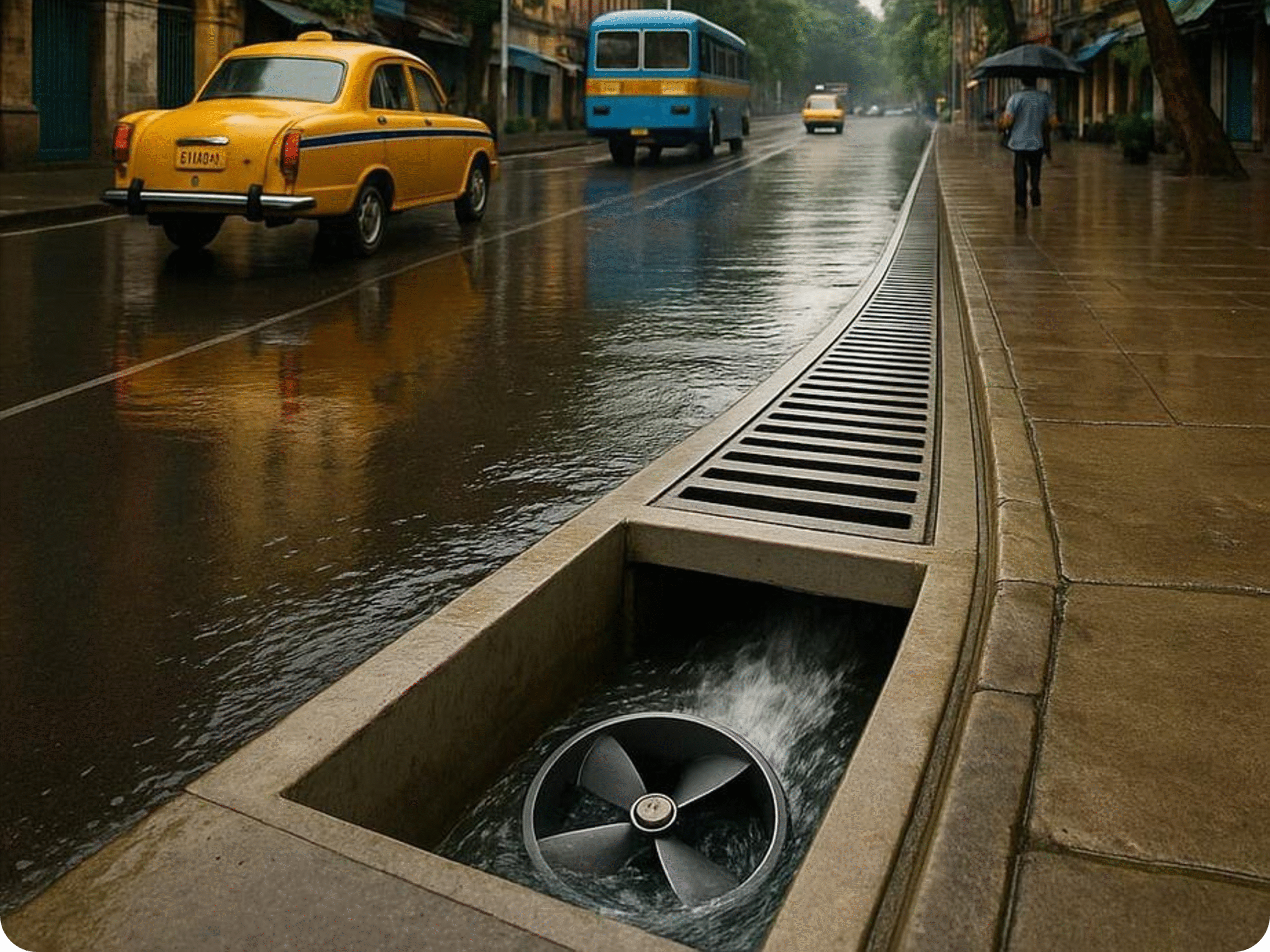
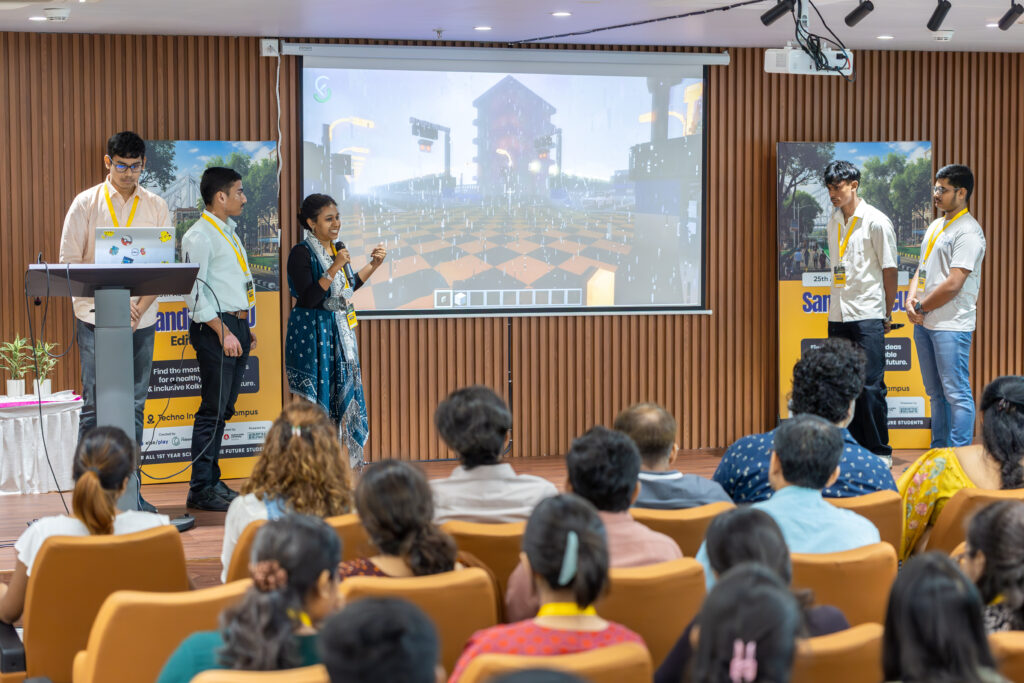
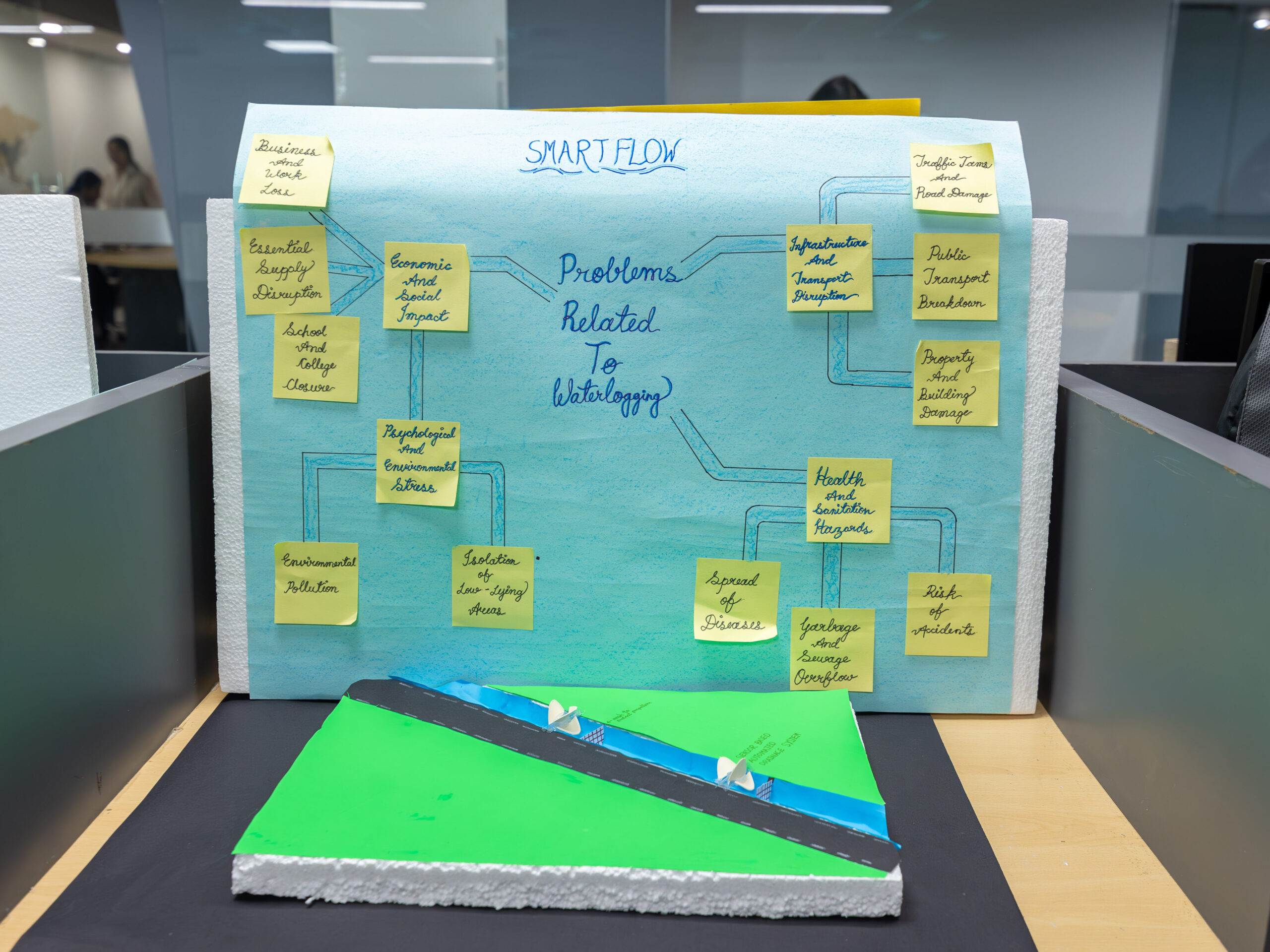

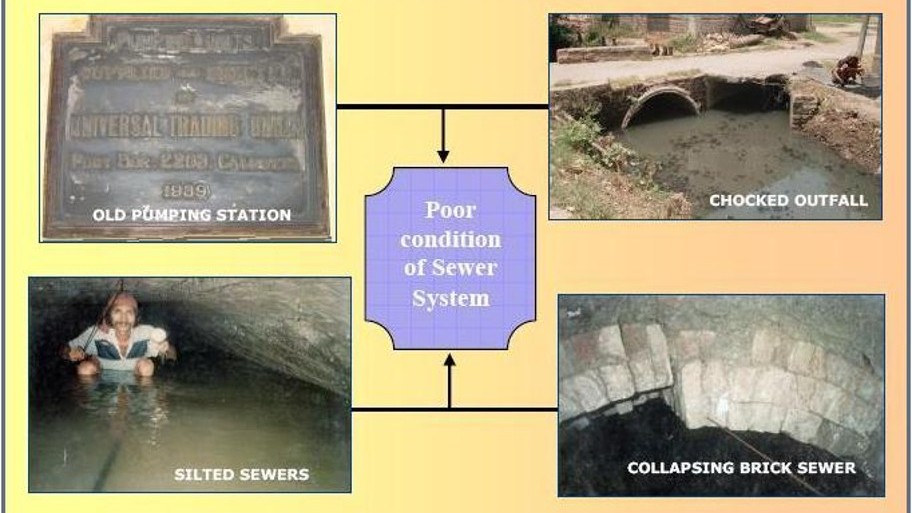
What truly strengthened their journey was the mentorship they received during Sandbox CCU. Guided by Pauline Laravoire and Rohaan Goswami, the team learned to transform their technical ideas into human-centered narratives. Pauline encouraged them to highlight the human impact of their innovation, reminding them that every technical solution must begin with empathy. Rohaan inspired them to visualize how SmartFlow would function in real-life urban settings, urging them to think beyond blueprints and toward practical implementation. For the students, the process was also one of personal growth. Standing on the Sandbox CCU stage, they overcame their initial hesitations and found the confidence to present their bold solution with conviction.
At its core, SmartFlow is about much more than drains and pumps. It is about reclaiming Kolkata’s rhythm during the monsoon, about ensuring that rains no longer paralyze the city with endless jams, financial losses, and unsafe streets. It envisions a future where technology works quietly underground so that life above ground continues uninterrupted.
This vision embodies what Sandbox CCU (2nd Edition) at Techno India University stands for—a platform that empowers freshers to think big, innovate fearlessly, and design solutions rooted in empathy. By turning a daily urban struggle into an opportunity for sustainable innovation, Team SmartFlow has shown that with creativity and courage, even the toughest challenges of a city can be reimagined into pathways of hope.

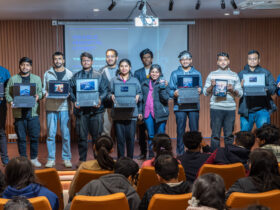

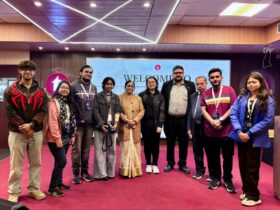
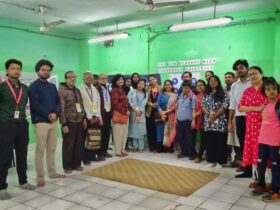

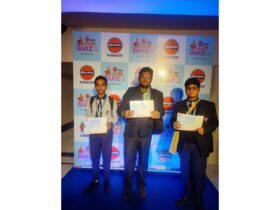
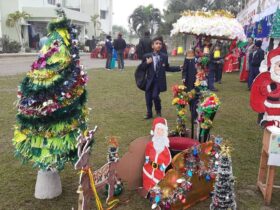

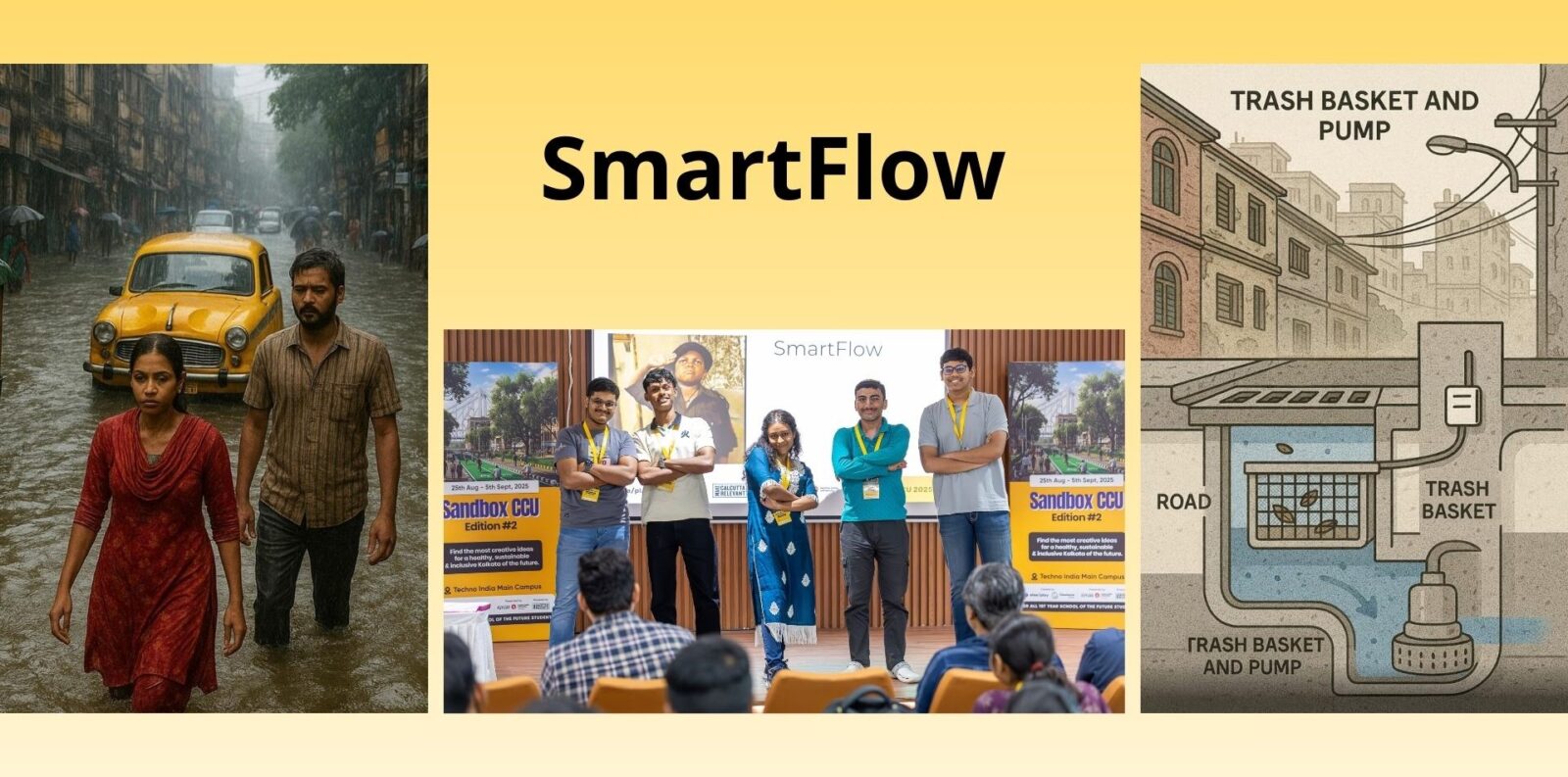

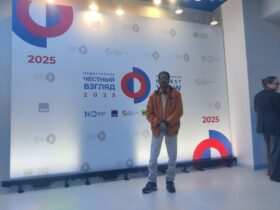
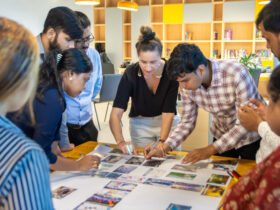
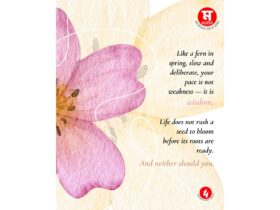
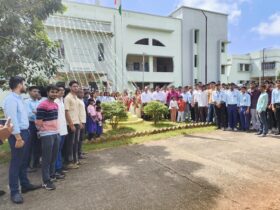
Leave a Reply